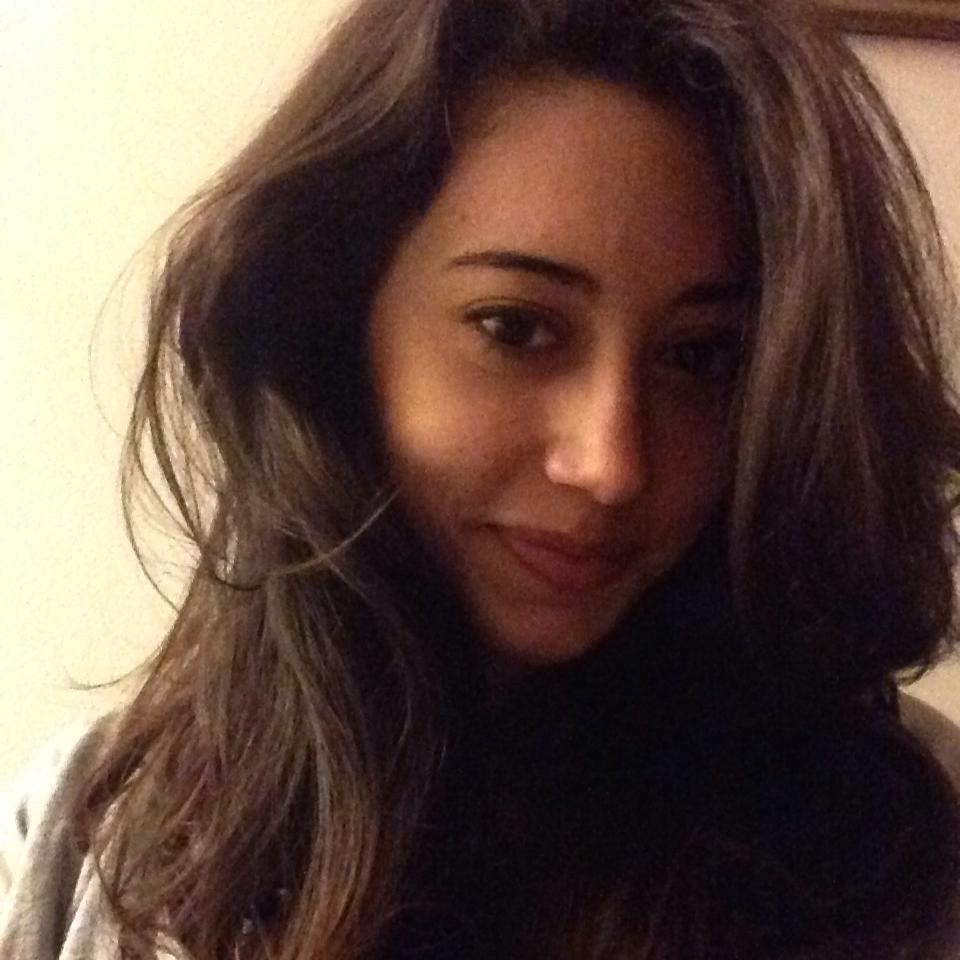An Image On An Image: A conversation with Marcus Bowcott [ATA article]
A raw steak must be among the least likely of things you’d expect to find in a cardboard box of papers. But that’s exactly what myself and another volunteer found, to our surprise, during an afternoon of work on grunt’s archive a couple of weeks ago. We discovered that the uncannily realistic-looking steak had formed part of a mid-nineties grunt exhibition called Palimpsest, and when the artist behind it, Marcus Bowcott, happened to stop in a few days later, it seemed only natural to catch up with him to discuss his art, personal philosophy, and what he’s doing now.

I took a rainy-day journey out to visit the artist in his studio in peaceful North Vancouver – a town that Bowcott’s long-time partner, Helene, describes as a “bedroom community, separated from agriculture, industry, entertainment”– an exemplification of the separation in the modern world of the facets of our lives, the way in which we work, eat, play and sleep in locations far removed from one another.
The modernization of the human experience is clearly something of combined terror and fascination to Bowcott. As we sipped on tea provided by Helene, who Bowcott describes as “a partner, in so many ways, in developing my work,” the artist described to me a recent trip down to Seattle, during which he was struck by “just the number of cars on the highway… The automobile is gobbling up energy.”
The automobile, in its used-up state as compacted refuse, has been a recurring theme in Bowcott’s work for some time. The painting exhibited at Bowcott’s grad show from London’s Royal College of Art featured wrecked and compacted cars, and since then, he’s explored the theme in sculpture, notably in a piece, 25 Standard Stoppages, currently being featured at Seattle’s Punch Gallery as part of a show, curated by Rock Hushka, titled Whither the American Dream?. He’s also developing a massively scaled-up version of the sculpture for Vancouver’s upcoming Sculpture Biennale, although, as he wryly comments, “people don’t want to show wrecked cars.”
“The bull doesn’t look that big here [in the photo] but he was 1200 pounds, and the whole gallery became like a manger… There were tons of people packed in there, but all of a sudden you’re honoring this animal, something that is often considered to be below us.”

The wrecked cars in question provide Bowcott with a vehicle to examine modern industry and its often unexamined aftermath. He titled a handful of these sculptures Das Kapital, which he explains as “a reference to our surplus capital, our surplus value/goods…which I’m presenting here as wrecked cars”, a leftover of the industrial process upon which most of us will never lay our eyes.
Another, perhaps more tragic, forgotten leftover of the industrial process was featured in Bowcott’s Palimpsest, the show that, years later, would inspire this article. Something amazing was accomplished in addition to the hyper-realistic steak sculptures and paintings of packaged steaks: for one night, the gallery was emptied of breakable artworks, and a live bull was brought in to inhabit the space. Marcus and Helene evocatively described what it was like to experience such a surreal coming-together of incongruities –
“The bull doesn’t look that big here [in the photo] but he was 1200 pounds, and the whole gallery became like a manger… There were tons of people packed in there, but all of a sudden you’re honoring this animal, something that is often considered to be below us. The cave painting [which was projected onto the bull’s body as part of the show] had much to do with feeding people. They were honoring the animal…and today we just shop for meat. We all had to be really quiet to keep it calm; that kind of hush was a really interesting addition to the installation and performance.”
“We live atomized lives,” Helene continues. “With technology, people become more and more isolated from each other. The same thing happens with food production. In many different aspects of our life…we are becoming more and more specialized.”
A critique or exploration of that atomization could be seen to run through Bowcott’s work as a unifying thread, perhaps in a sense of superimposition, of “stacking, or layering,” Helene tells me. “Even Palimpsest, the word, has to do with layering… An image on an image,” she says. A cave painting projected on the side of a bull. Crushed cars on top of cars on top of cars.
Visit Marcus Bowcott’s website.
About Genevieve Michaels:

Genevieve is studying art history and creative writing at the University of British Columbia. She has been volunteering at grunt since last October, writing and assisting with maintenance and digitization of the archives. She also writes about music and city life for local magazine Beatroute BC. Follow her on twitter: @LavenderIndigo0